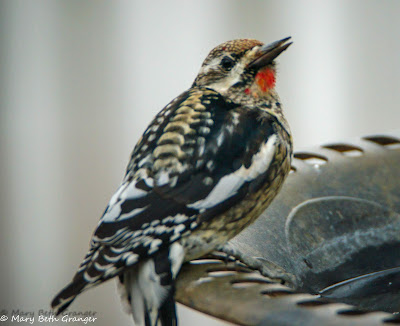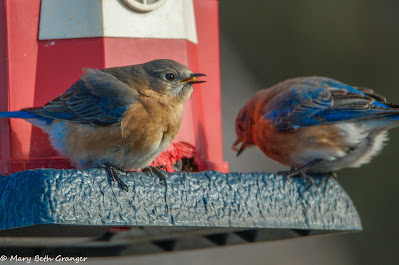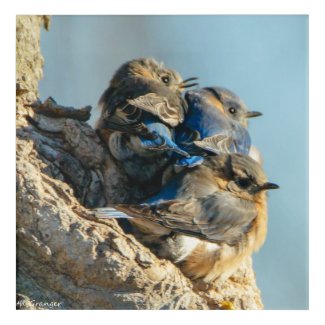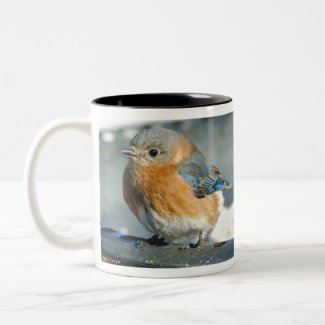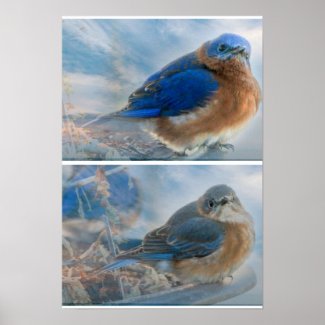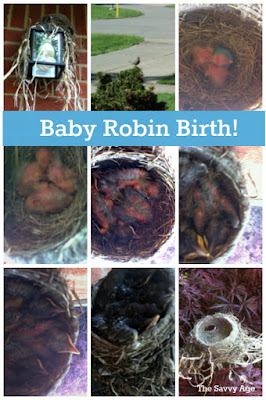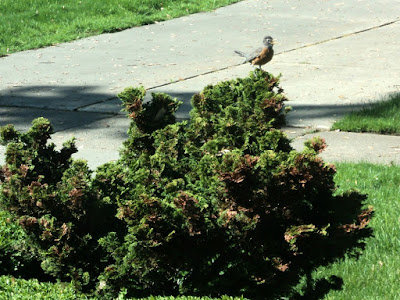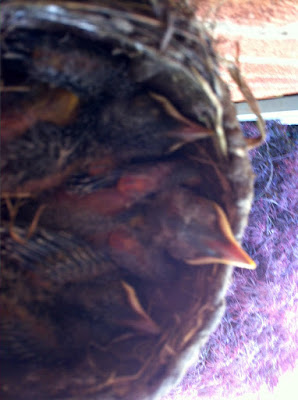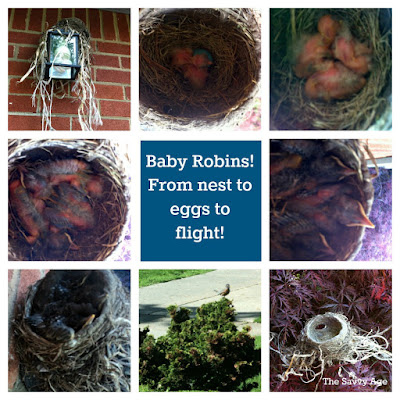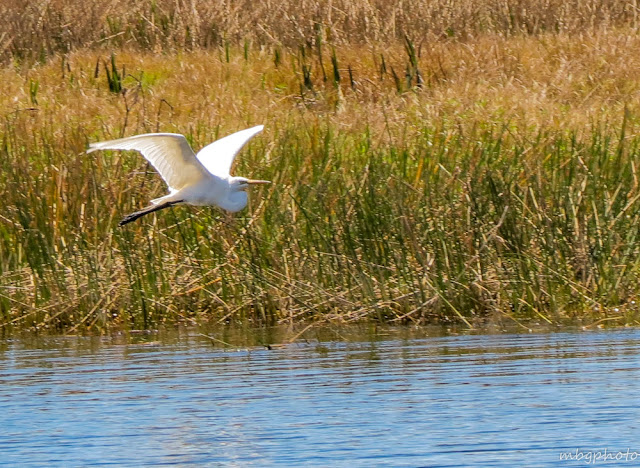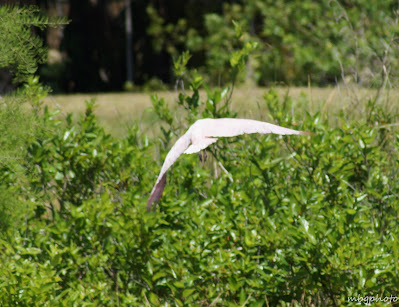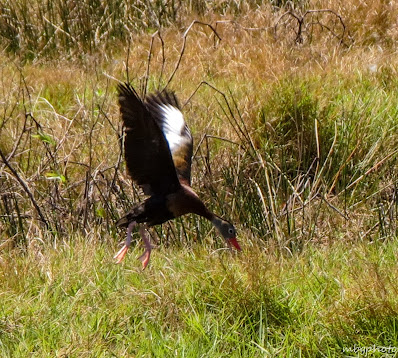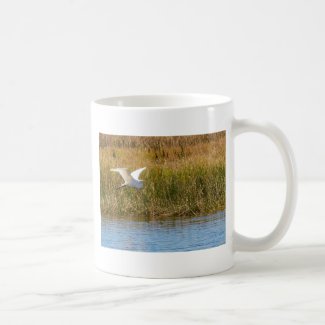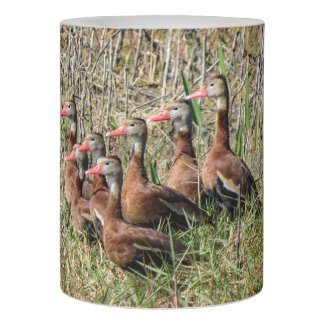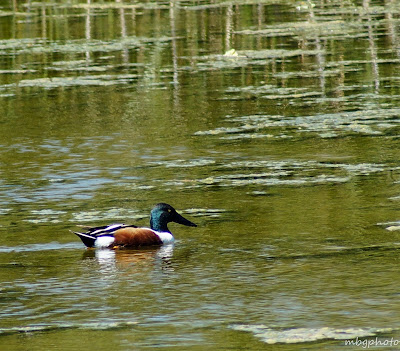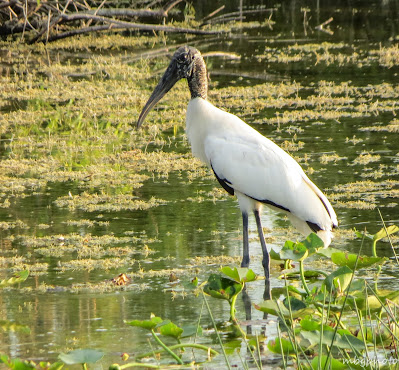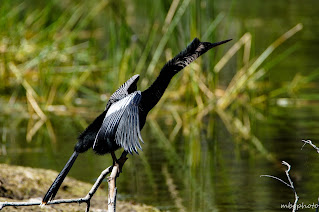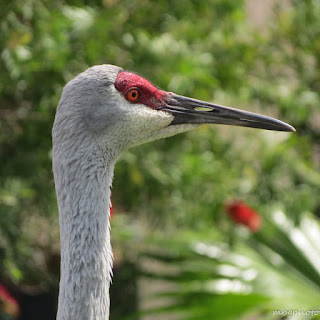 |
I have been fascinated by woodpeckers for a long time, but I didn't realize there were so many different types of woodpeckers. This year I purchased a peanut feeder for my backyard. When I started to see different types of woodpeckers using the feeder I checked out information about woodpeckers both online and in my Backyard Birds guide. In this post I will show you photos and facts about the four types of woodpeckers that have visited my backyard.
Northern Flicker
The Northern Flicker is a very handsome bird. It has a brown back with black bars and a very distinct crescent of black on the chest. In flight the white rump is very conspicuous.
These woodpeckers usually forage on the ground for food, but I have also seen them at my suet feeders.
These woodpeckers usually forage on the ground for food, but I have also seen them at my suet feeders.
Downy Woodpecker
Downy Woodpeckers are the most common ones that I see in my backyard. They visit year round and are fairly small birds. These small tubular looking woodpeckers are very delicate looking. They have crisp black and white plumage and the males have a red patch toward the back of the head. They have a larger look-alike cousin the Hairy Woodpecker.
Red-Bellied Woodpecker
The Red-Bellied Woodpecker is a large bird with zebra type stripes across the back. The red belly is really just a pink tinge across the white chest. The really red part is on the head. The male has a bright red cap that extends from the bill all the way down the nape. The female is similar to the male except that the red cap is only in the nape area.
Yellow-bellied Sapsucker
I have only seen this bird one day in my yard. I was able to capture photos from several angles and posted it on birding sites. The consensus was that it is a Yellow-bellied Sapsucker. My bird book says that I probably caught it on its' migration south.
These birds are rather large woodpeckers with a striped face pattern and a long white slash on the wing. The male has a red throat and forecrown. The female has white throat and red fore crown, so I would say the photo above is a male Yellow-bellied woodpecker.
These birds are rather large woodpeckers with a striped face pattern and a long white slash on the wing. The male has a red throat and forecrown. The female has white throat and red fore crown, so I would say the photo above is a male Yellow-bellied woodpecker.
Feeders for Woodpeckers
I have two types of feeders that I use to attract woodpeckers. The first is a cage like feeder that I fill with suet cakes. You can see a Northern Flicker enjoying a suet cake in the photo below.
This type of feeder is also visited by several other types of birds.
This year I purchased a peanut feeder and it has been very popular with both woodpeckers and nuthatches. This feeder is filled with unshelled peanuts and it is fun to watch the birds peck away till they get the nut out of the shell. This keeps them at the feeder longer and helps me to capture them with my camera. Below is a Red Breasted Nuthatch that visited the peanut feeder.
I purchased my peanut feeder on Amazon. You can get your own by following the link below.
Note: The author may receive a commission from purchases made using links found in this article. “As an Amazon Associate, Ebay (EPN), Esty (Awin), and/or Zazzle Affiliate, I (we) earn from qualifying purchases.”





